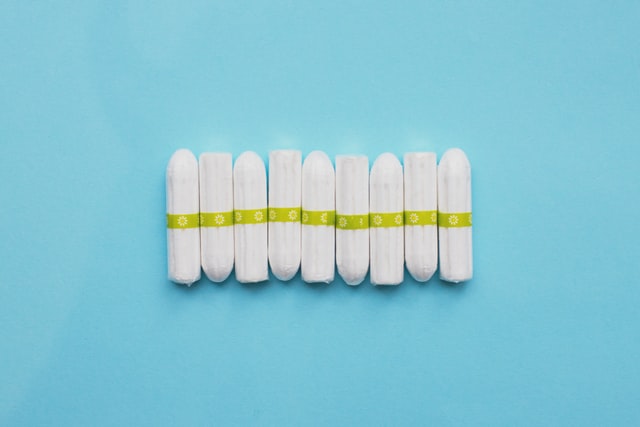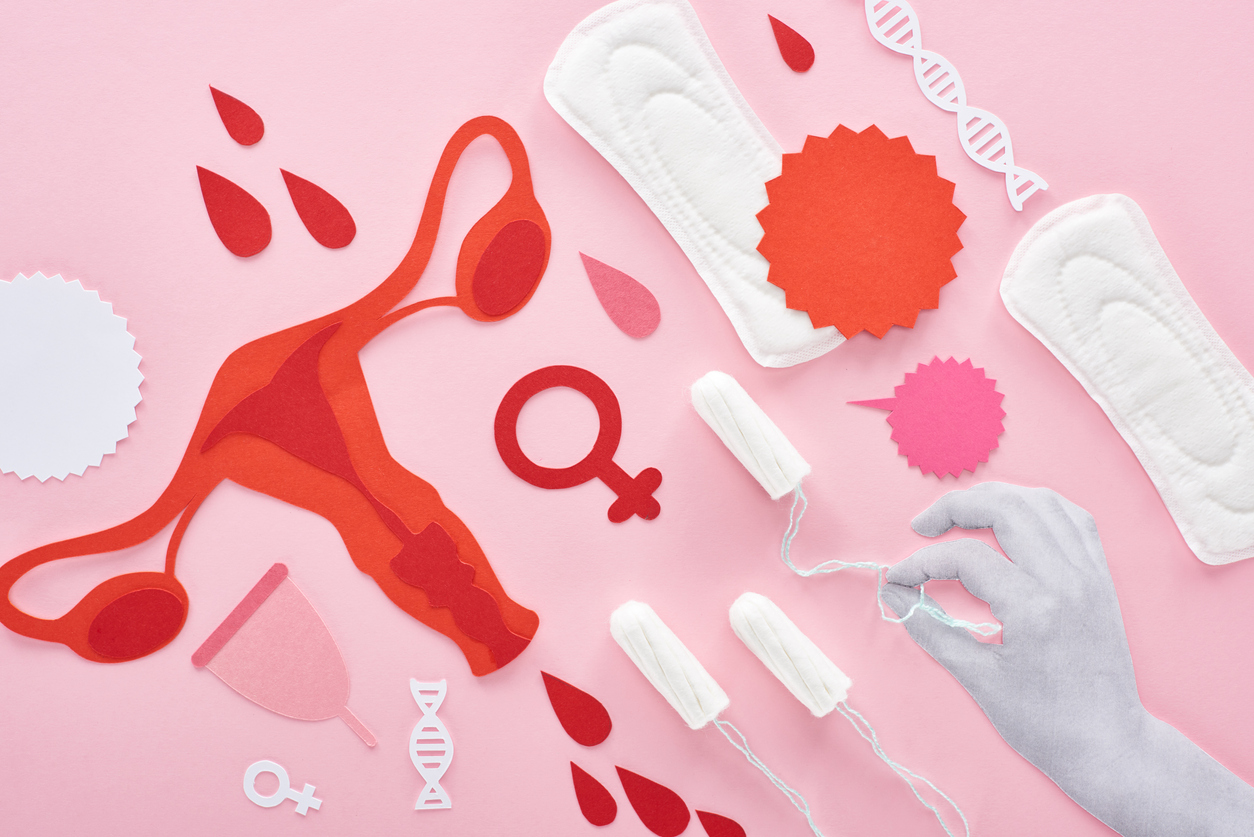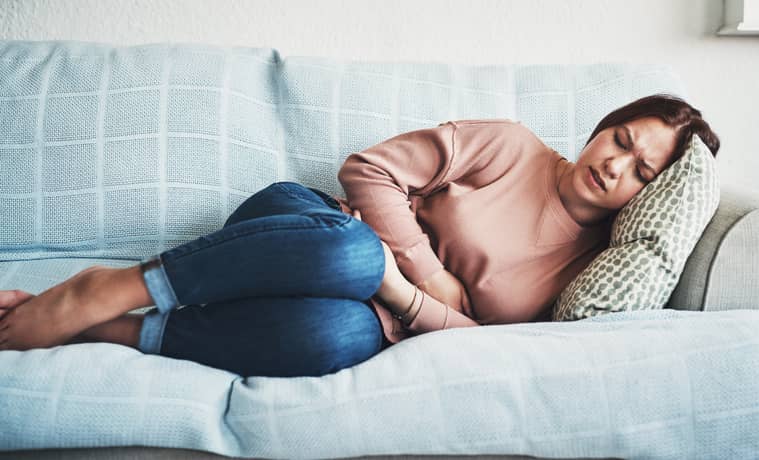A short, sharp ‘stabbing’ pain. A long, dull ache that feels like it’ll never go away. Throbbing cramps that make you double over. Sound familiar? You’re not alone.
Period pain is very common, and for many women it’s a normal part of the monthly menstrual cycle. But thankfully, there are things you can try to help make those cramps easier to live with.
So keep reading for everything you need to know about period pain, including what causes it and the steps you can take to find period pain relief.
What is period pain?
More than 1 out of 2 women get period pain for at least 1 or 2 days every month as part of the menstrual cycle. It’s medically known as ‘dysmenorrhoea’, from the ancient Greek for ‘difficult monthly flow’ – which we think is pretty spot on.
For most people, period pain happens just before and during the first few days of their period, but – like most things in life – it affects people in different ways.
Some people get pain for just a few hours or a day, before it goes away (either on its own or with help from self-care and painkillers). However, for between 5 and 10 out of every 100 women, severe period pain can be a real problem. This can affect your daily life and stop you from doing the things you love.
What does period pain feel like?
This varies, too. Some people describe period pain as ‘cramps’ or ‘cramping’, while others describe it as a ‘throbbing’ pain or a ‘dull ache’.
The pain mainly affects your lower tummy (abdomen) area, but it can also spread, leading to period back pain and pain in the thighs.
What causes period pain?
The cause of your pain – and even the sort of pain you get – depends on the type of period pain you have.
There are 2 types:
- primary dysmenorrhea – period pain that’s caused by your womb (uterus) muscles tightening (contracting) to shed your womb lining
- secondary dysmenorrhea – period pain that’s caused by another condition
Primary dysmenorrhea
Primary dysmenorrhea is the period pain you get as part of your ‘normal’ menstrual cycle. Here’s what you need to know:
- it may not feel like it when you have it, but the pain you feel when you have primary dysmenorrhea is a ‘natural’ part of your period cycle
- it can begin with your first period and continue until you go through the menopause. You may find the pain eases as you get older, or after childbirth
- you get it when the muscles and blood vessels in your womb start to contract before your period. This is what makes your womb shed its lining, which comes out of your vagina as period blood
- these muscle contractions can also momentarily cut off the supply of blood and oxygen to your womb, causing pain
- hormone-like substances called prostaglandins trigger the muscle contractions. Prostaglandin levels are highest in the first few days of your period, then drop as your period goes on. That’s why period pain tends to be worse just before or at the start of your period
- you may also have other premenstrual symptoms, such as feeling sick (nausea), vomiting or diarrhoea. About 2 out of 5 women who get period pain also get other symptoms such as sore breasts, bloating, mood swings and tiredness (fatigue). Read more about premenstrual syndrome (PMS)
Secondary dysmenorrhea
Secondary dysmenorrhea is period pain that’s caused by something other than your ‘normal’ menstrual cycle.
It can last longer than other period pain. It can start a few days before your period and continue after your period has finished. Secondary dysmenorrhea can also get worse over time.
It’s usually caused by a condition that affects your reproductive organs, such as:
- endometriosis – this is when tissue that usually lines your womb starts growing in other places, such as your ovaries or fallopian tubes. When you have your period, this tissue usually breaks down and makes its way out of your body through your vagina. This process can trigger pain, especially if the tissue gets trapped in your body or doesn’t pass out smoothly
- fibroids – these are non-cancerous (benign) growths that can grow in and around your womb. Depending on their location, they can cause very painful or heavy periods, and other symptoms
- adenomyosis – this is when tissue that normally lines your womb grows instead in your womb muscles. As well as sharp period pain, it can cause heavy periods and pain during sex
- pelvic inflammatory disease (PID) – this develops after an infection and can lead to pain caused by scar tissue inside your womb, which can be more painful during your period
- genetic defects – these can affect your womb or fallopian tubes and cause pain
Some other health conditions can also be more difficult to manage during your period, such as Crohn’s disease or urinary problems, which can lead to extra pain.
Occasionally, contraceptive intrauterine devices (IUDs) can cause period pain, or change the type of period pain you usually get.
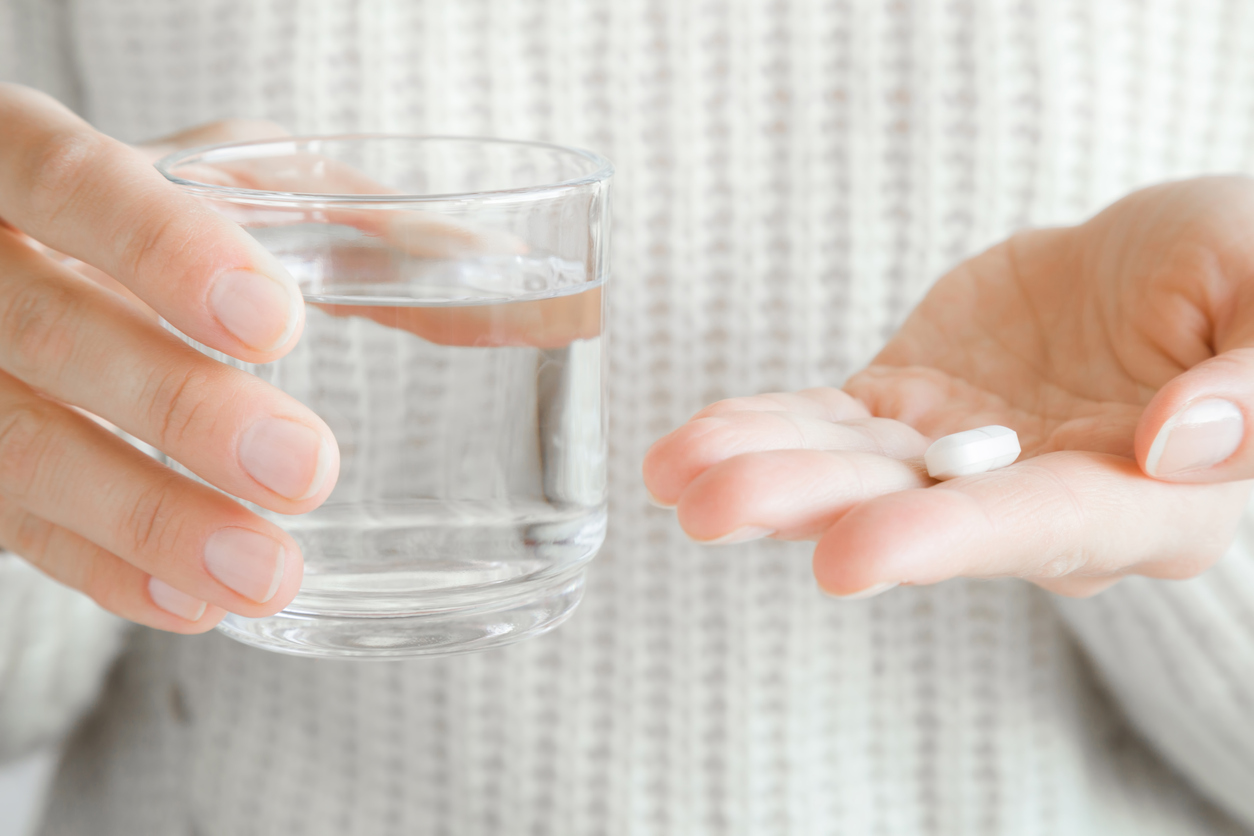
How to manage period pain
It may help to remember that millions of women get period pain every month. But this doesn’t mean you have to put up with it.
If you have secondary dysmenorrhea, your treatment will depend on what’s causing it. Often, there are things you can do to ease the pain, and you can also work with your doctor to treat the underlying cause.
For primary dysmenorrhea, there are self-care tips and pharmacy treatments to help ease the pain and discomfort. It may take a while to find a solution – or combination of solutions. And if you’re struggling, your doctor can help you find treatments that work for you.
Managing period pain through self-care
There are lots of things you can try from month to month to ease your period cramps. Testing these science-backed ideas to see if they work for you can be both easy and cheap.
Different things work for different people, but you can try:
- gentle exercise before and during your period – this may help improve blood supply to your pelvis and help relax your muscles
- eating a healthy, balanced diet – staying healthy by eating lots of nutrients can give your body the best chance of managing pain
- having sex – in addition to sex being good exercise, having an orgasm may help relieve period pain. It can also work as an effective distraction!
- quitting smoking – smoking can reduce the amount of oxygen that reaches your pelvic area, causing pain
- applying heat – taking a warm bath or snuggling up to a hot water bottle may help ease period pain, as well as aiding relaxation
- reducing stress – feeling stressed out can increase your chances of getting period pain. It can also make any existing pain worse
- getting more sleep – rest and relaxation can help reduce stress, as can taking time out for yourself. You could also try yoga, Pilates or tai chi to help you relax and take your mind off the pain
- massaging around your belly – gentle massage can help to relieve pain. If your period pain moves to your back and thighs, massaging those areas may also help
- transcutaneous electrical nerve stimulation (TENS) – this uses a small electric current to stimulate your nerves. There’s some evidence that TENS machines can help ease period pain, possibly by raising your pain threshold and triggering the release of chemicals called endorphins, which act as your body’s natural painkillers
Managing period pain with medicines from the pharmacy
Painkillers are the first port of call for many women with period pain. Here’s what you need to know:
- ibuprofen has been shown to be more effective than paracetamol at easing period pain. Ibuprofen is a type of nonsteroidal anti-inflammatory drug (NSAID), which helps to reduce the amount of prostaglandins your body makes
- you may find alternating between paracetamol and ibuprofen effective in spacing out the painkilling effect
- low-dose co-codamol and aspirin are also available from pharmacies
- always follow the guidance on the packaging, and ask your pharmacist what’s safe for you and what can be taken in combination (or not)
- speak to your doctor or pharmacist if you have asthma or conditions that affect your kidneys, stomach or liver – some painkillers may not be suitable for you
Can complementary therapies help treat period pain?
Some people try acupressure or acupuncture, which aim to reduce pain by applying pressure with either massage or needles. There is some evidence to suggest that these might help ease period pain, but more research is needed to say for sure, and to understand how and why.
Can vitamins or herbal supplements stop period pain?
Several studies have looked at whether dietary supplements help ease period pain. Here’s what you need to know:
- there’s evidence to suggest that supplements such as magnesium, vitamin B1, fish oil (omega-3 fatty acids) and vitamin B6 might help to reduce period pain
- some women find supplements containing gamma-linolenic acid – such as evening primrose oil or starflower oil – helpful. They may help to balance your hormones
- some women find herbal remedies such as fennel and a type of bark extract called pycnogenol helpful – but only a few small studies have been done to provide supporting evidence
It’s best to speak to your doctor or pharmacist about whether vitamin supplements or herbal remedies might be safe or effective for you.
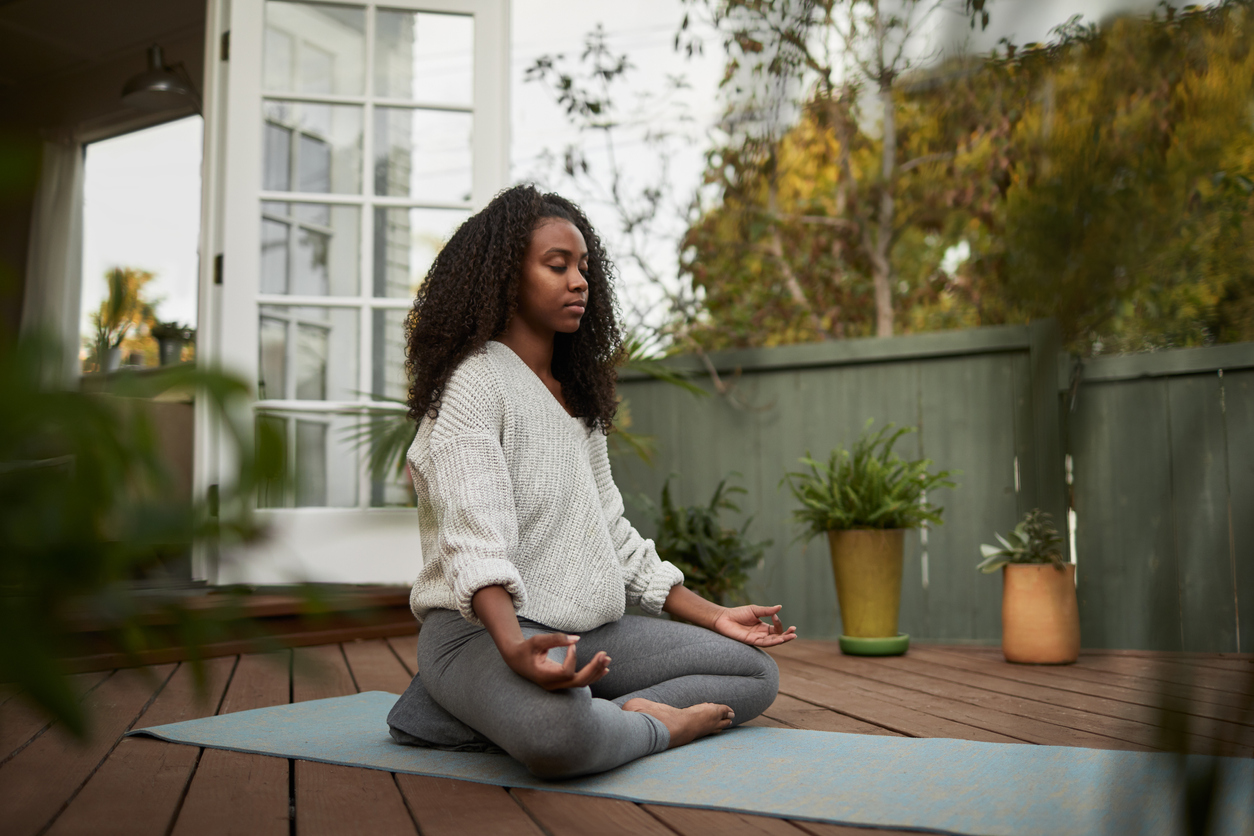
When to see a doctor about period pain
Many people are able to manage period pain at home using some of the techniques already mentioned. However, if you find it’s affecting your day-to-day life or stopping you from doing the things you love, it’s time to speak to your doctor.
In particular, you should see your doctor if you have period pain and:
- the pain is so severe that it affects your daily life
- self-care or painkillers aren’t helping
- you get bleeding between periods or after sex
- you start having irregular periods or your periods are lasting longer than usual
- you find sex painful
- you notice a thick or smelly vaginal discharge
- you’re using an IUD
- you have a fever
You should go to the emergency department or call an ambulance if your pain is very severe or you have a positive pregnancy test, as you could have an ectopic pregnancy.
If necessary, your doctor may:
- work with you to investigate the cause of your pain – to find out whether it’s ‘regular’ period pain or caused by an underlying condition. They may do an internal examination, check for infection, or recommend an ultrasound scan
- recommend prescription medicines to help manage your period pain
- refer you to a specialist in female reproductive health (gynaecologist). You may also be referred to other specialists who can offer surgery or other treatments for underlying conditions
Before your appointment
It can be helpful to take some time to prepare for your doctor’s appointment, so you can give your doctor a complete picture of your period pain and how it’s affecting you.
You could write down:
- a record of your recent period pain – such as when it starts, how long it lasts, what it feels like and where you feel it
- how you try to manage your period pain – including what hasn’t worked and anything that helps
- any medication you take for your pain or other conditions, including vitamins and herbal remedies
- any recent lifestyle changes that may be making the pain worse – such as stress, diet changes, or changes to work or your home-life balance
- any family history of painful periods
You can also try our Smart Symptom Checker if you’re worried about your period pain or other period symptoms.
Medicines from your doctor for period pain
Your doctor may recommend:
- stronger doses of ibuprofen or a stronger prescription painkiller, such as naproxen or codeine
- hormonal contraception – if you’re not trying for a baby, you could try managing period pain with hormonal birth control that contains oestrogen and progesterone, or just progesterone. These hormones reduce the amount of prostaglandins you make. They also help to thin the lining of your womb, which means your muscles don’t need to contract as much to help shed the lining. Hormonal contraceptives include:
- the combined pill
- skin patches
- implants
- injections
- vaginal rings
- IUDs
- intrauterine systems (IUSs), such as the Mirena coil
Surgery for period pain
If you have secondary dysmenorrhea and your pain is coming from a condition such as fibroids, endometriosis or PID, surgery can sometimes help to treat the cause of the pain.
Surgery to remove your womb (hysterectomy) is also possible. However, this is usually a last resort, if your pain is severe and you haven’t been able to find a different way of managing it. You wouldn’t be able to have a pregnancy after this operation.
Your health questions answered
Can period pain affect my fertility?
Answered by: Healthily medical team
“Period pain on its own won’t affect your chances of getting pregnant. As annoying and inconvenient as it may be, period pain is normal if it’s caused by your regular menstrual cycle. However, it may be difficult to get pregnant if you have an underlying condition that causes period pain, such as endometriosis. Surgery to remove your womb, which can be used to treat conditions such as fibroids and severe pelvic pain, will also result in infertility. Hormonal contraceptives are commonly used as a treatment for period pain. They'll stop you from getting pregnant while you’re taking them, but they won’t affect your long-term fertility.”
Can period pain give me diarrhoea?
Answered by: Healthily medical team
“Period pain doesn’t cause diarrhoea, but they are linked. At the start of your period, the level of prostaglandins in your body increases. These help your muscles to contract and relax, so your womb can shed its lining. But prostaglandins can also help your bowels relax – so you might poo more often than when you’re not on your period. For most people, it isn’t a big problem, and you can try self-care tips to help you manage diarrhoea. But diarrhoea can be more difficult to manage if you’re living with inflammatory bowel disease, such as Crohn’s or ulcerative colitis. Speak to your doctor if diarrhoea – or another digestive problem, such as bloating or constipation – is causing you pain or discomfort, or isn’t going away once your period stops.”



